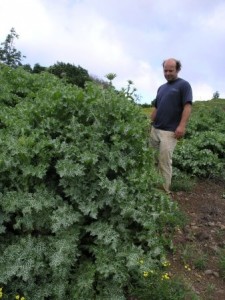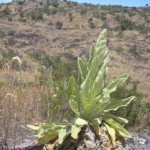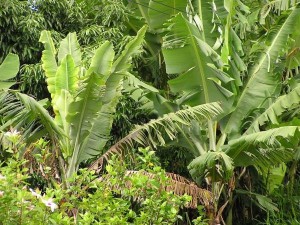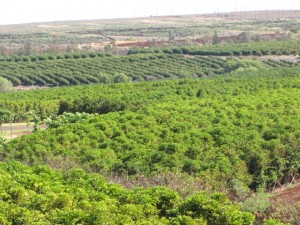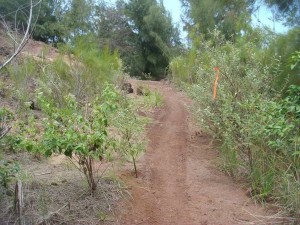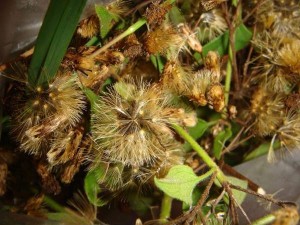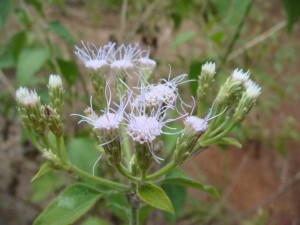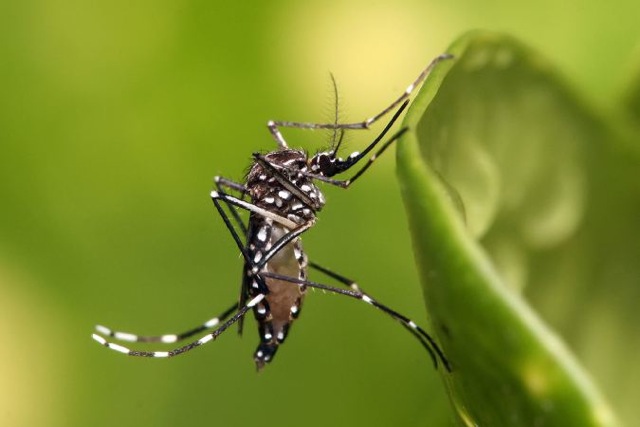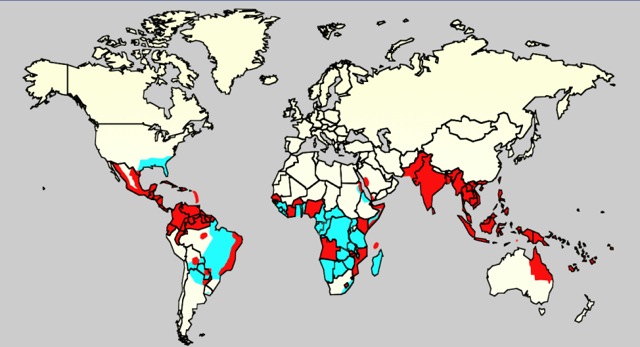
Christina Chang of Lokelani Ohana, a farm in Waihee, Maui, accepts the Malama i ka Aina Award. Presenters from left to right are Teya Penniman of MISC, Cas Vanderwoude of the Hawaii Ant Lab. and Rob Parsons with the County of Maui. Chang was recognized for her efforts to stop the spread of the little fire ant on Maui.
Do you know a landscape professional making a significant effort to stop the spread of invasive species in Maui County?
Nominations are now being accepted to honor efforts invasive species prevention efforts within Maui County. The Malama i ka Aina Award is presented annually to a landscaper, plant provider (retail and wholesale nurseries and garden shops), or commercial/agricultural property owner/manager to recognize their efforts to keep invasive species out of Maui County.The award is a cooperative effort of the Maui Association of Landscape Professionals, the Maui Invasive Species Committee, and the County of Maui.The award will be presented June 14th at the Maui Association of Landscape Professional’s Lawn & Garden Fair at the Maui Mall.
Nominations are due May 30th, 2014. Nominations (form available through this link:2014 Malama i ka Aina award-on-line fillable nomination) can be submitted via email to miscpr@hawaii.edu, through regular mail, MISC, PO Box 983, Makawao HI 96768, or faxed in: 808.573.-6475
Please call the Maui Invasive Species Committee if you have any questions, 808.573.6472.
Christina Chang of Lokelani Ohana, a farm in Waihee, Maui, accepts the Malama i ka Aina Award. Presenters from left to right are Teya Penniman of MISC, Cas Vanderwoude of the Hawaii Ant Lab. and Rob Parsons with the County of Maui. Chang was recognized for her efforts to stop the spread of the little fire ant on Maui.


